
Canopies of Coral
Fiji’s coral reefs house some 333 species of corals of all shapes, sizes and colors, many of which we’ve seen in Lau Province. We’ve examined many reef types, some which fringe the shore (fringing reefs), some in the center of

Fiji’s coral reefs house some 333 species of corals of all shapes, sizes and colors, many of which we’ve seen in Lau Province. We’ve examined many reef types, some which fringe the shore (fringing reefs), some in the center of

In addition to a much larger variety of corals, reefs of Lau seem to have an unusually large number of fluorescent, brightly colored corals, more than we’ve seen in past expeditions. Corals are usually light or golden brown, but some
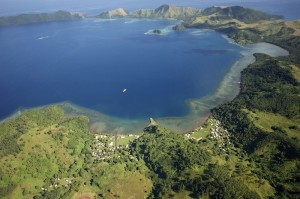
Departing from Nadi yesterday afternoon, we began our 17 hour transit to the remote islands of the Lau Province for our Fiji research mission. Lau Province is one of 14 provinces in Fiji. It is located in the South Pacific

Upon arrival in Rurutu we made a shocking discovery – the reefs were nearly devoid of living coral. We learned that the island had been devastated by a bad outbreak of crown of thorns starfish (COTS outbreak) that occurred in
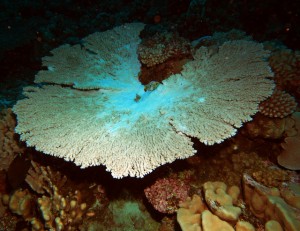
Coral communities on the first two islands in the Australs were very unusual, compared to all other reefs we looked at in French Polynesia. Unlike other fore reef communities, a very wide shelf surrounded each island, extending from the reef
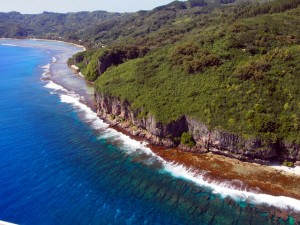
Our final Expedition to French Polynesia takes us to the Austral Islands, the southernmost group of islands located from 500-750 km from Tahiti. We are exploring four small high islands: Raivavae (16 sq. km), Rimatara (8.6 sq. km), Tubuai (45
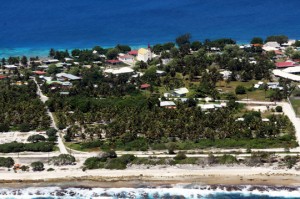
Our fourth research mission to French Polynesia provides an opportunity for a more detailed examination of Rangiroa, the largest atoll in the Tuamotu Archipelago and one of the largest in the world. Rangiroa (meaning Vast Sky) consists of 415 small islands,
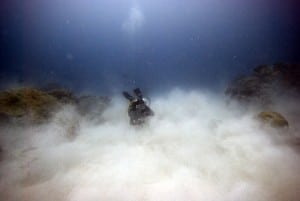
After 10 days of torrential downpours, low visibility, murky water, and heavy surge, the sun has finally returned. Our Mangareva work has been highly productive, and we’ve been fortunate to find some protection within the lagoon, but it’s been cold,
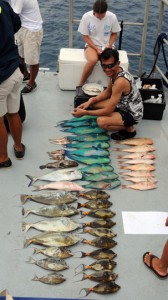
A fish sandwich? Think again. You may want to leave the fish on the reef, if you live in Mangareva. There’s a good chance it may be ciguateric and you may get ciguatera poisoning. Ciguatera fish poisoning (CFP) is seafood
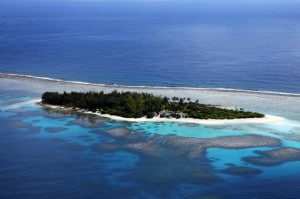
Mangareva contains more diverse coral habitats than anything we have seen to date. Parts of the outside rim of the atoll are emergent. The cross sectional profile starts with a classic reef flat, 10 m wide in places and often